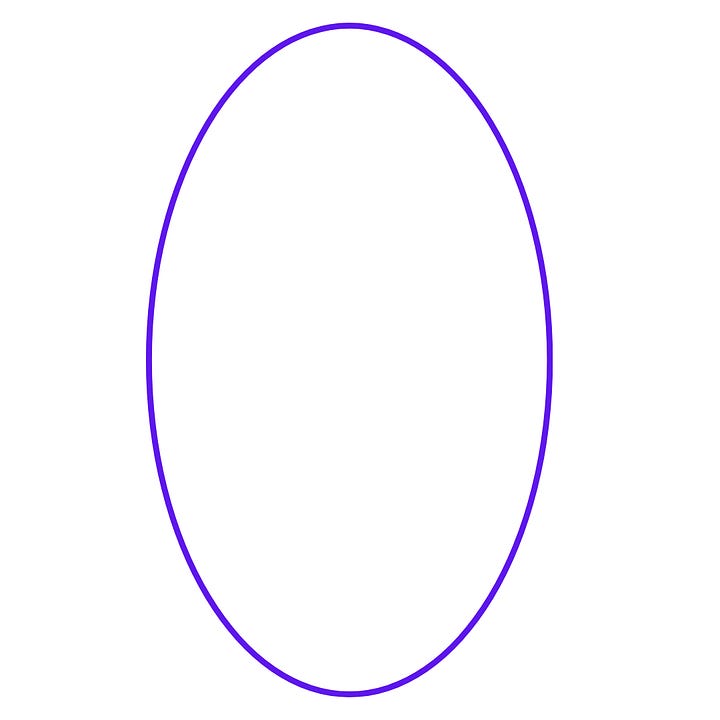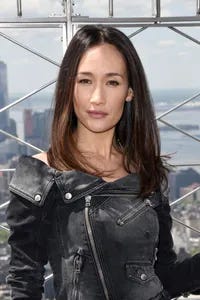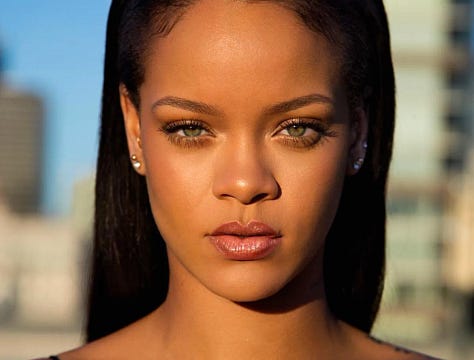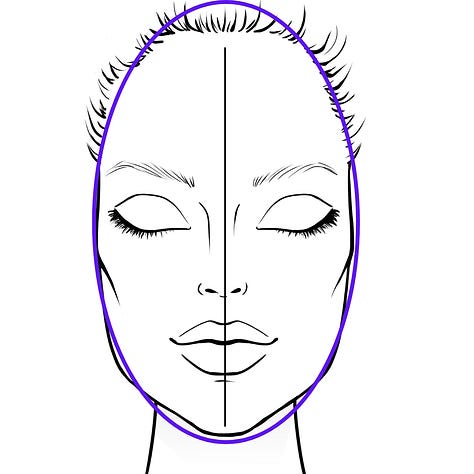Face Shapes: The Magician
Oblong Shaped faces are the "catch-all" for anyone who isn't a traditional round, square or oval. Let's go deeper and find the magic that oblongs posses!
The Oblong Face
Oblong faces are magical, they are my magicians. There is both mystery and endless possibilities with an oblong face. Many will use terms like egg, reverse triangle, pear and rectangle, but we can refer to all of these as oblong. (I don’t think there is a need to get super tedious with face shapes. We don’t need a dozen options, just a few with some basic guidelines.)
An oblong face is similar to an oval but elongated, they tend to be longer faces. The word “oblong” describes a rectangle, a stretched out square basically. Rectangles are a recognized symbol of stability, strength and wisdom. Rectangles, or oblong squares are structural, conveying something solid and long lasting. I think of Stonehenge and old, ancient rock formations when I think of the shape in nature. But oblong faces aren’t really squared off at the corners like a rectangle. They tend to be more rounded, like a long, stretched out oval with a bit more width.
There is something mystical about an oblong face to me. They remind me of a deep thinker, a philosopher, an ancient magical soul. And yet, there is a clever humor amongst many oblong faces that I know. Oblong faces are long ovals that can be wider at the top or the bottom. Often they are have strong jaws, or a larger forehead. They can look long and lean, or they can look like expanded squares. They have a lot of space to work on and it is important to make them shine.


Oblongs can be looked at as softened rectangles or enlarged ovals. Faces more rectangular will need angles and softness on the corners, faces more elongated will need balancing horizontally and fewer angles.



The Basics
The best way to determine face shape is to draw an imaginary line around the edges of a face and examine it. Most people are not perfectly any particular shape, but usually lean towards one more than others. The options are: oval, round, square, heart, oblong or diamond. Oblong faces are longer than they are wide and might show width at the forehead and/or jaw as well. Vertically, I have found that oblongs tend to be mostly even. Horizontally they tend to have one section that is larger than the rest, usually the forehead or the jaw area. (See Photo 2 + 3 below.)
We measure symmetry by drawing a line down the center of the face and then horizontally drawing two lines, one at the brows and the other at the bottom where the cheekbones lay, close to the top of the lips. Vertical symmetry (photo 2) is determined by how wide each side of the face is and horizontal symmetry (photo 3) is determined by how tall each section of the face is. The more even these measurements, the more symmetrical the face.



Keep reading with a 7-day free trial
Subscribe to Makeup Lessons & Color Theory to keep reading this post and get 7 days of free access to the full post archives.

